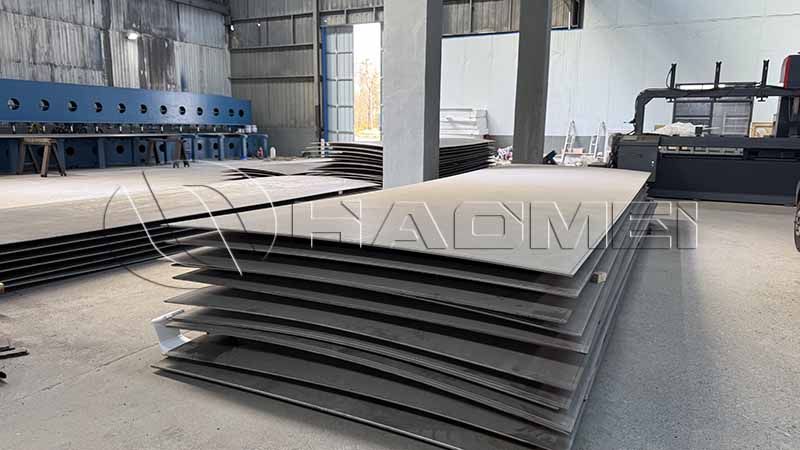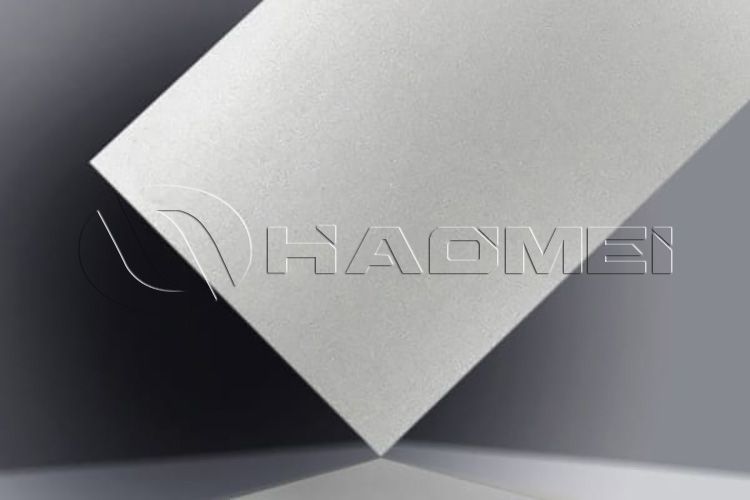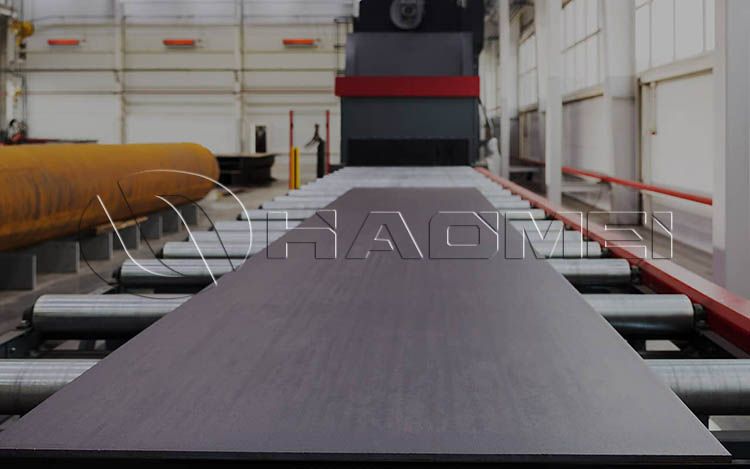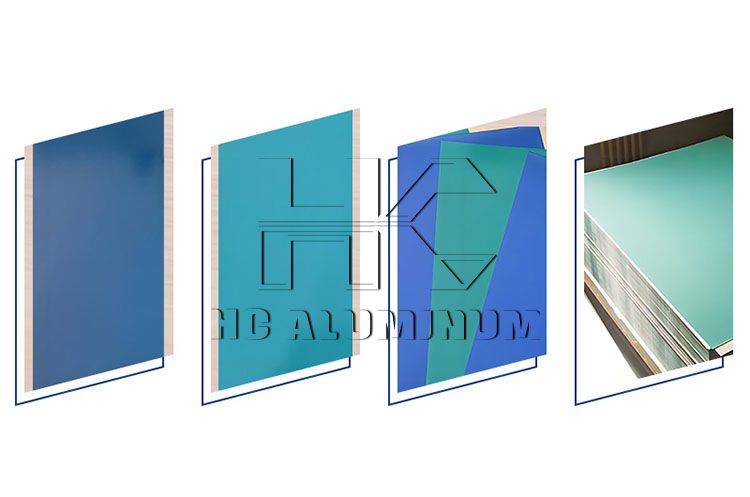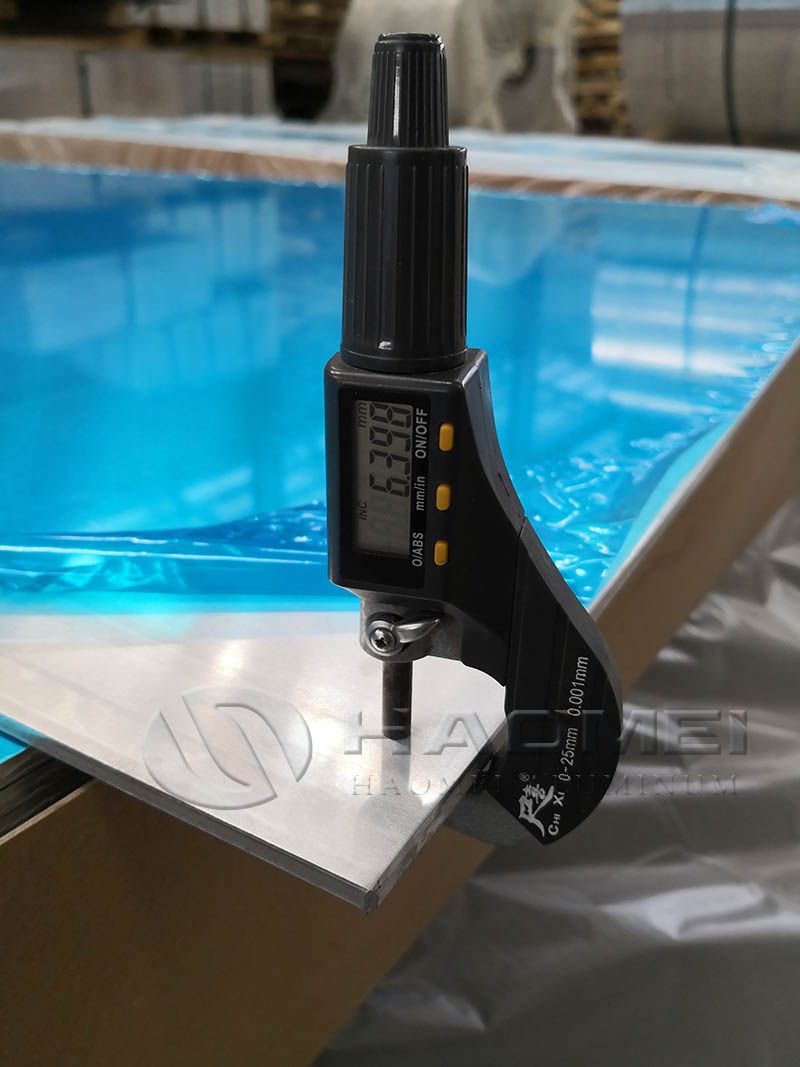As representatives of 1-series pure aluminum strips, 1060 and 1070 aluminum strips share the core characteristics of pure aluminum:
Similar properties: Both have essentially equal tensile and yield strengths (tensile strength ≥ 75 MPa, yield strength ≥ 35 MPa), and neither can be strengthened by heat treatment; strength can only be increased through cold working.
Similar processing characteristics: Both possess excellent plasticity and formability, meeting the needs of conventional processing such as stamping and stretching, and have good weldability, suitable for processes such as electric welding and gas cutting.
Basic application overlap: It can be used in scenarios where there are no special performance requirements, such as gasket manufacturing, capacitor housing, and simple decorative parts, making it a common choice for low-cost pure aluminum solutions.

Key Differences Analysis
The core difference between the two stems from a 1% difference in aluminum content, yet it triggers a chain reaction in performance and cost:
Items | 1070 aluminum strip | |
Composition purity | Aluminum content 99.6%, slightly higher iron and silicon impurities (iron ≤0.35%, silicon ≤0.25%) | Aluminum content 99.6%, slightly higher iron and silicon impurities (iron ≤0.35%, silicon ≤0.25%) |
Core performance | Medium conductivity and corrosion resistance | Conductivity improved by approximately 3%, with superior corrosion resistance, especially suitable for humid environments. |
Mechanical details | Elongation 1.1%-30%, shear strength 42-75MPa | Elongation 4.5%-39%, shear strength 48-79MPa, with enhanced plasticity. |
Aluminum strip price | The production process is simple, and the price is 5%-10% lower than 1070. | It has higher purity and a slightly higher price, but is still economical. |
Application Areas
1. Cross-application scenarios
Both types of aluminum have a high degree of overlap in basic industrial fields, making them particularly suitable for scenarios where purity requirements are not extremely stringent:
Basic electronic components: Used for capacitor housings and simple electronic wire cores, relying on good conductivity to meet basic circuit requirements.
General hardware accessories: Stamped parts such as aluminum gaskets and small protective shells, utilizing their ease of processing to reduce production costs.
Decorative structural components: Building exterior wall decorative strips, ventilation system covers, etc., relying on the weather resistance and aesthetic plasticity of pure aluminum.
2. Differentiated application areas
1060 aluminum strip: It focuses on "cost-effectiveness first" scenarios, such as transformer aluminum strip (core raw material), power battery flexible connections, and aluminum-plastic composite panel substrates. These fields are less sensitive to purity and prioritize cost control.
1070 aluminum foil strip: It focuses on "high-purity essential" scenarios, including medical busbars, electrical distribution cabinet conductors, high-precision heat exchangers, and aviation ventilation system components, relying on its excellent conductivity and corrosion resistance.
Overseas markets
Feedback from overseas markets such as Europe, the US, Japan, and South Korea shows that 1070 aluminum strip enjoys significantly higher acceptance than 1060, primarily due to three reasons:
High acceptability of performance premium: Overseas manufacturers prioritize long-term operating costs, and 1070's high corrosion resistance reduces maintenance costs, especially in humid Nordic regions and coastal areas with high salt spray.
Driven by demand from high-end manufacturing: Europe and the United States have highly developed high-end industries such as aerospace and medical equipment, which have stringent requirements for conductivity stability and material purity. 1070 meets their standards, while 1060 is mostly used in low-end OEM manufacturing.
Strong standard system adaptability: Overseas industrial standards have stricter restrictions on impurity content, and the low impurity characteristics of 1070 (residues≤0.03%) make it easier to pass EU CE and US ASTM certifications.
Original source: https://www.aluminumstrip24.com/news/1060-1070-aluminum-foil-strip-coil.html


